Japan is home to many fascinating historical sites, including shrines, temples, castles, gardens, battlefields, and traditional festivals, all certain to pique your intellectual curiosity. Japan has maintained a single Imperial line for over 1,500 years. A diverse array of deities coexist in Japan, contributing to its rich cultural tapestry. Many temples were built in Japan after the acceptance of Buddhism. In the samurai period, castles were built in earnest, and it is said that at times there were as many as 25,000-30,000 castles throughout the country.
Top 6 Recommendations
Ise Jingu Shrine

Jingu, worship the ancestral deity of the Imperial family, Amaterasu-Omikami. Praying at Geku first and then Naiku of two main shrines. Why?
(写真提供:神宮司庁/ Jingushicho :Jingu Administration Office)
Nikko Toshogu Shrine
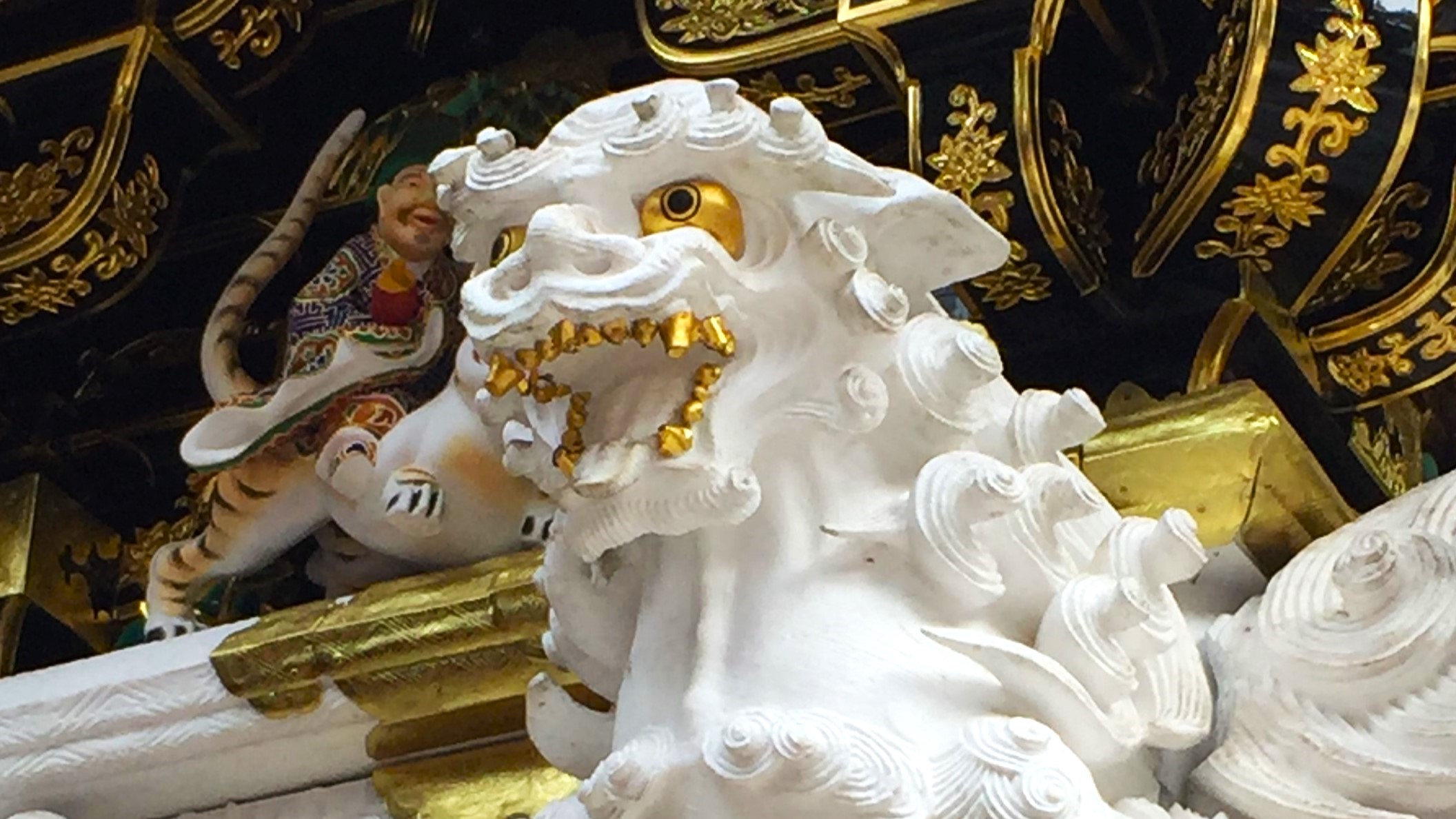
Yomeimon Gate of Nikko Toshogu Shrine is the icon of the 1st Shogun, Tokugawa Ieyasu's spirit. Why was his spirit enshrined here?
Fushimi Inari Taisha
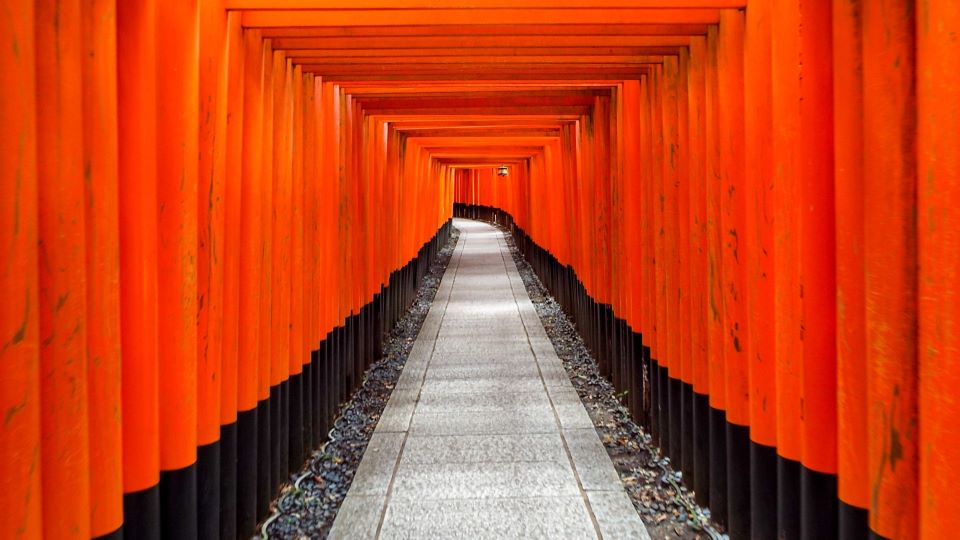
Why are there so many vermilion torii gates and Fox statues at Fushimi Inari Taisha Shrine? Reigning Emperor Genmei's wish to bless the harvest.
Todaiji Temple
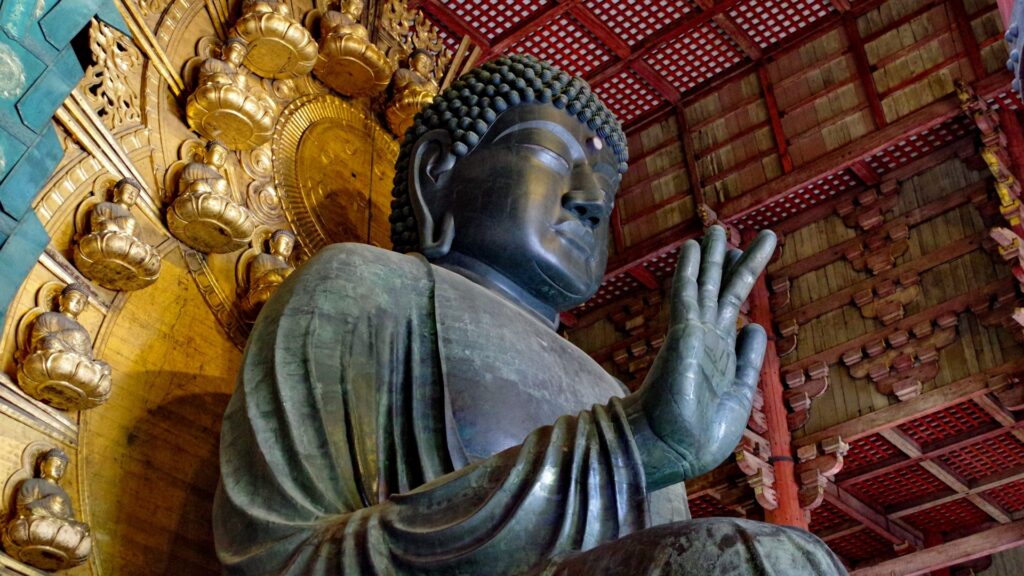
Emperor Shomu's dearest desire was realized by building the Greate Buddha and Todaiji Temple. What was his desire?
Golden Pavillion
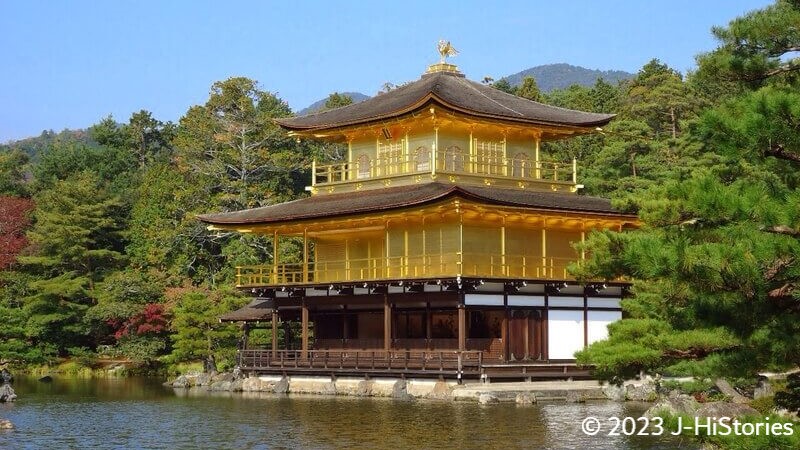
Golden Pavillion's three-story architecture represents, from the top down, Buddhism, Samurai, and Court Nobles. Shogun Yoshimitsu's power is expressed by this order.
Itsukushima Shrine
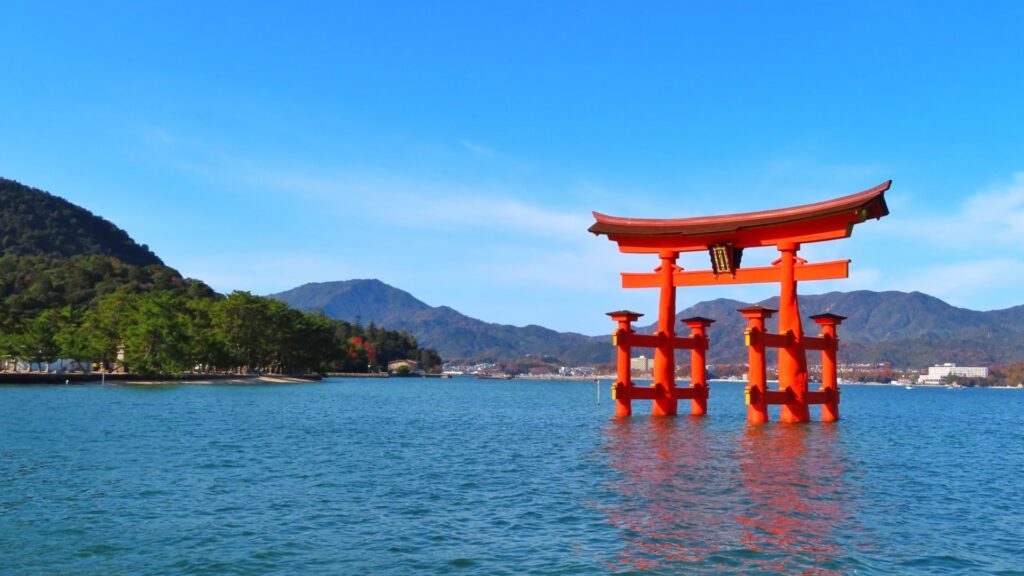
The goddess of victory smiled upon Samurai, Mori Motonari at the Itsukushima Battle. How could Motonari win with the blessing of his deity, though his forces were smaller than his enemy's?
Shinto Shrines, Places to Worship an Awe-inspiring "Kami"
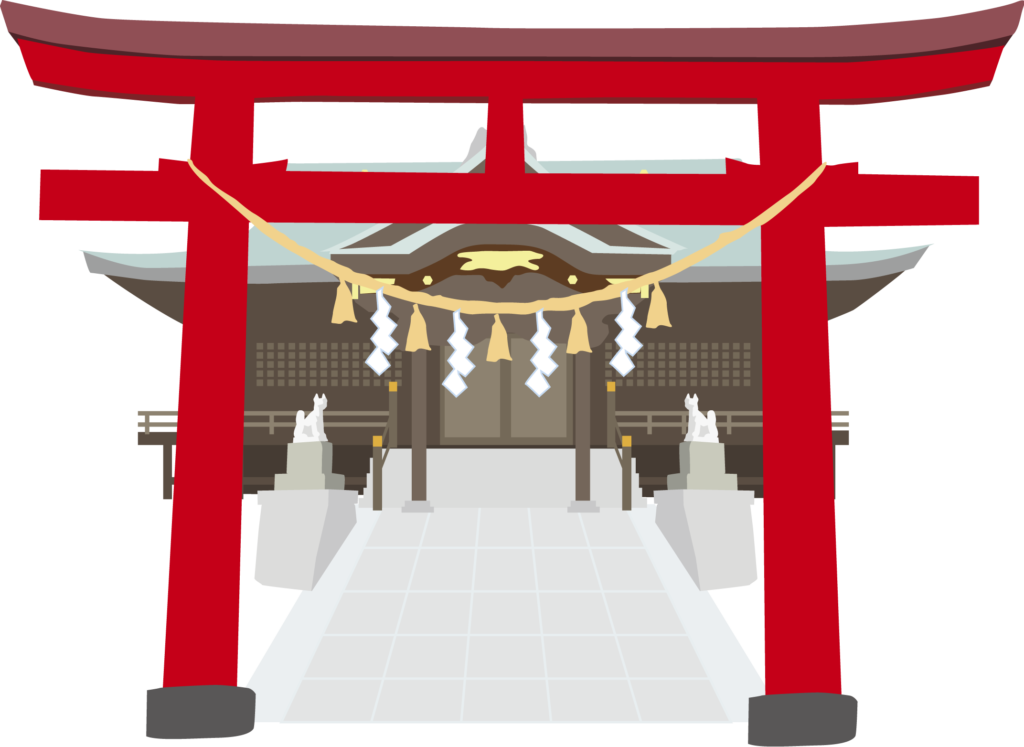
Japan has been a land rich, surrounded by oceans, mountains, rivers, and changing seasons. The Japanese people have had a close relationship with nature since ancient times. They have been in awe of various deities called "Kami", such as Kami of the mountain, Kami of forests, Kami of winds, and Kami of rice, as spiritual beings that possess supernatural power beyond human understanding, such as blessings and threats to nature. It is believed that the invisible Kami descends from the “Tokoyo” (eternal world), which is far beyond the sea, and their spirits dwell on a “Yorishiro” (an object such as mountains, huge rocks, trees, primitives, waterfalls, mirrors, swords, etc.). People welcome Kami, make offerings, recite “Norito” (Shinto prayers), and express gratitude to Kami. In a shrine, there is only a visible sacred object such as a mirror that is believed to be the dwelling place of Kami, and we offer prayers to Kami from the hall of worship. >> details
Temples Developed Along with the Evolution of Buddhism

Buddhist temples in Japan are places of worship for Buddhists, the followers of Buddhism. A pair of statues of Kongorikishi, the protector of the Buddha's enemies, are placed on either side of the Sanmon gate (temple gate). Once you enter the Temple passing through the Sanmon gate, you may feel a crisp atmosphere of being in the sanctuary of the Buddha. Its principal image, the main Buddhist statue, is enshrined in the main hall. Buddhism has developed through the advocacy of new doctrines in response to the demands of the times. >> details
Castles, Citadels of Warriors' Wisdom, and Strategic Strongholds
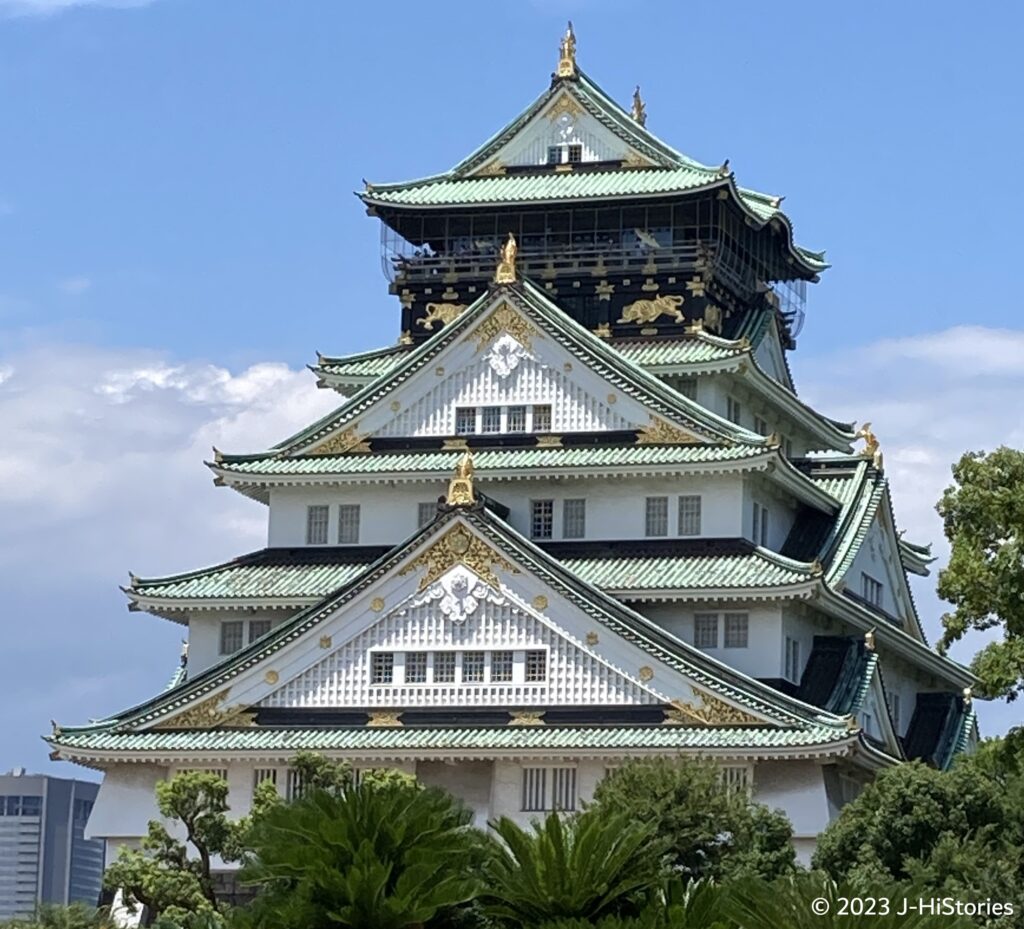
Japan's castles boast a rich samurai history during the Warring States period (15C-16C). When you picture a Japanese castle, you may envision the imposing castle keep, the central citadel, and the sturdy walls encircled by a moat. The renowned revolutionary warlord, Oda Nobunaga, first introduced these features. He started with Komakiyama Castle and Gifu Castle, culminating in Azuchi Castle. However, before Nobunaga's time, castles were constructed using earth and surrounded by a moat. Over time, the purpose of castles shifted from being "fighting castles" to serving as a "deterrent against fighting" during the peaceful Edo era, marking the end of the Warring States era. Himeji Castle and Nagoya Castle are symbols of this change. While keeping an eye on the western provinces to protect the Edo Shogunate, they demonstrated the pointlessness of fighting for the whole country with their overwhelming beauty and gigantic size. >> details
Imperial Palaces and Villas
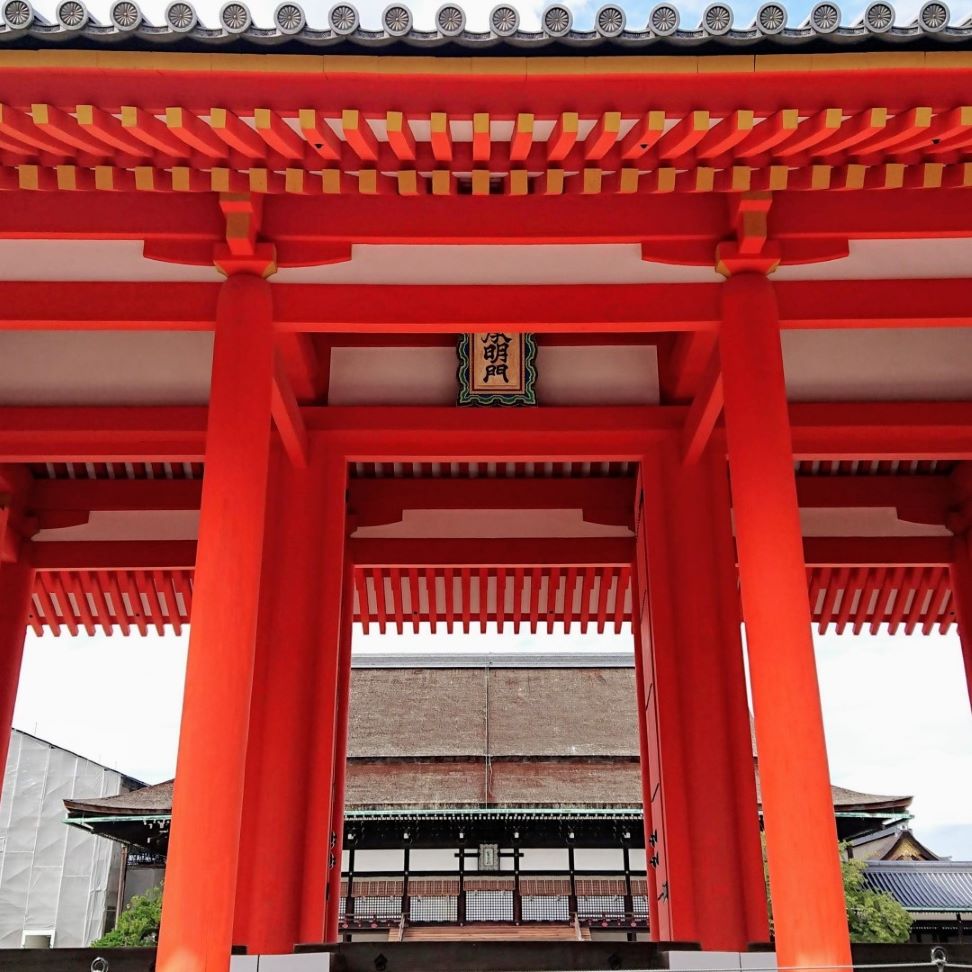
The Imperial Palace (the former Edo Castle) in front of Tokyo Station, the Kyoto Imperial Palace, and other sites associated with the Imperial Family are precious historical sites that convey the nobility of the Imperial Family to the present day, offering a deep sense of the history spanning for more than 1,500 years. In addition, numerous emperors, princes, and superiors who excelled in dynastic culture built detached palaces in and around Kyoto. They passed on the dynastic beauty of the imperial court to the present day. Some notable sites are the Katsura Imperial Villa and the Shugakuin Imperial Villa.
Gardens
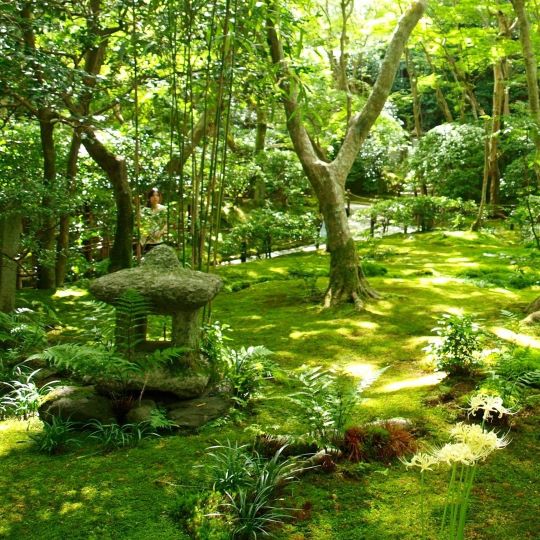
The Japanese garden embodies an exquisite spatial design, blending seamlessly with nature and surrounding structures. During the Heian period (794-1185), gardens were crafted to represent the Buddhist Pure Land, exemplified by the Byodoin Temple's Garden to resemble a paradise within our earthly realm. As samurai rule rose in the Kamakura and the Muromachi (1185-1333/1336-1573) period, gardens followed a pond-and-spring style, reflecting Zen principles. These tranquil gardens showcased seasonal flora and trees, featuring a central pond and hillocks adorned with natural stones. In addition, Karesansui (dry landscape) gardens, mimicking water flow using white sand, were created.
Battles

Several key battles and conflicts marked the turning points in Japanese history. During the Warring State Period, many fascinating Samurai fought using everything of their strategy & tactics, military and economic power. Several important battles have shaped the nation of Japan, including the Battle of Okehazama between Oda Nobunaga and Imagawa Yoshimoto, the Battle of Komaki-Nagakute between Tokugawa Ieyasu and Toyotomi Hideyoshi, and the Battle of Sekigahara between Tokugawa Ieyasu and Ishida Mitsunari. A visit to the site of the decisive battle brings back various historical dramas.
Festivals, MATSURI is to be Grateful for the Grace of Deities
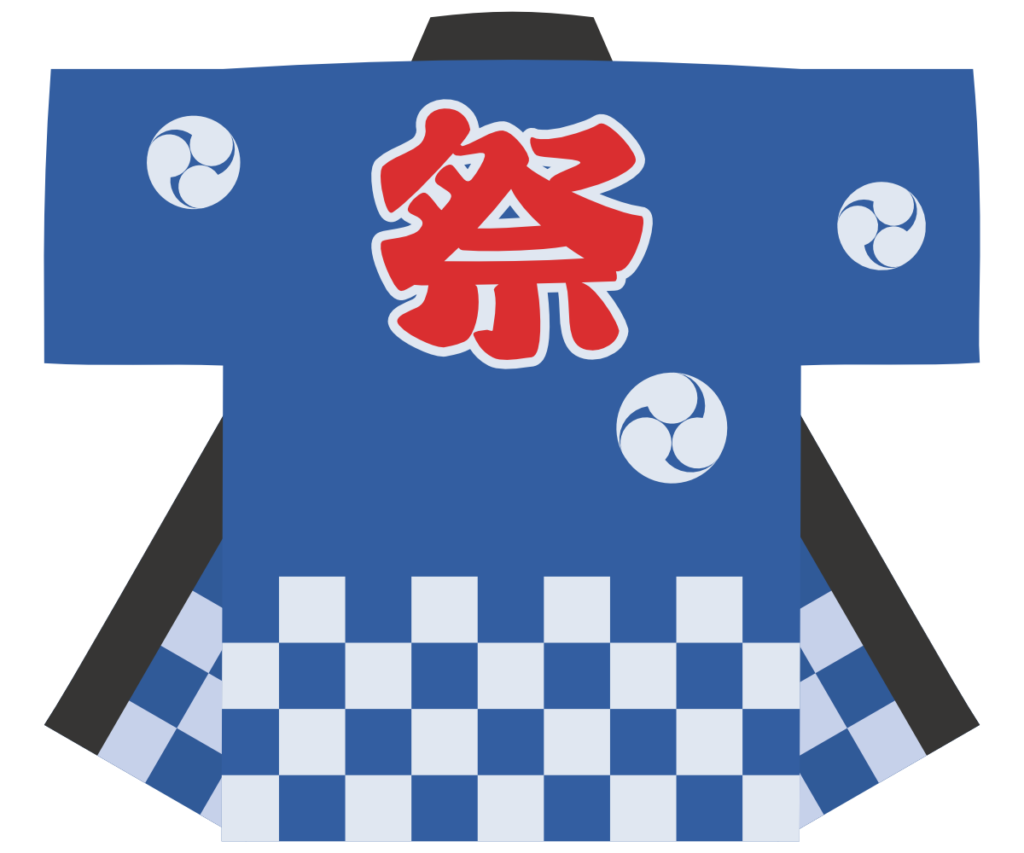
Japan has been a land rich, surrounded by oceans, mountains, rivers, and changing seasons. The Japanese people have had a close relationship with nature since ancient times. They have been in awe of various deities called "Kami", such as Kami of the mountain, Kami of forests, Kami of winds, and Kami of rice, as spiritual beings that possess supernatural power beyond human understanding, such as blessings and threats to nature. People welcome Kami, make offerings, recite “Norito” (Shinto prayers), and express gratitude to Kami. >> details
Other Historical Sites
In addition to shrines, temples, and castles, Japan is home to several fascinating historic sites. For example, a national treasure teahouse and an ancient burial mound that has become a World Heritage site. Each of these places has the story of a historical figure who played a great role in that place. >> details
